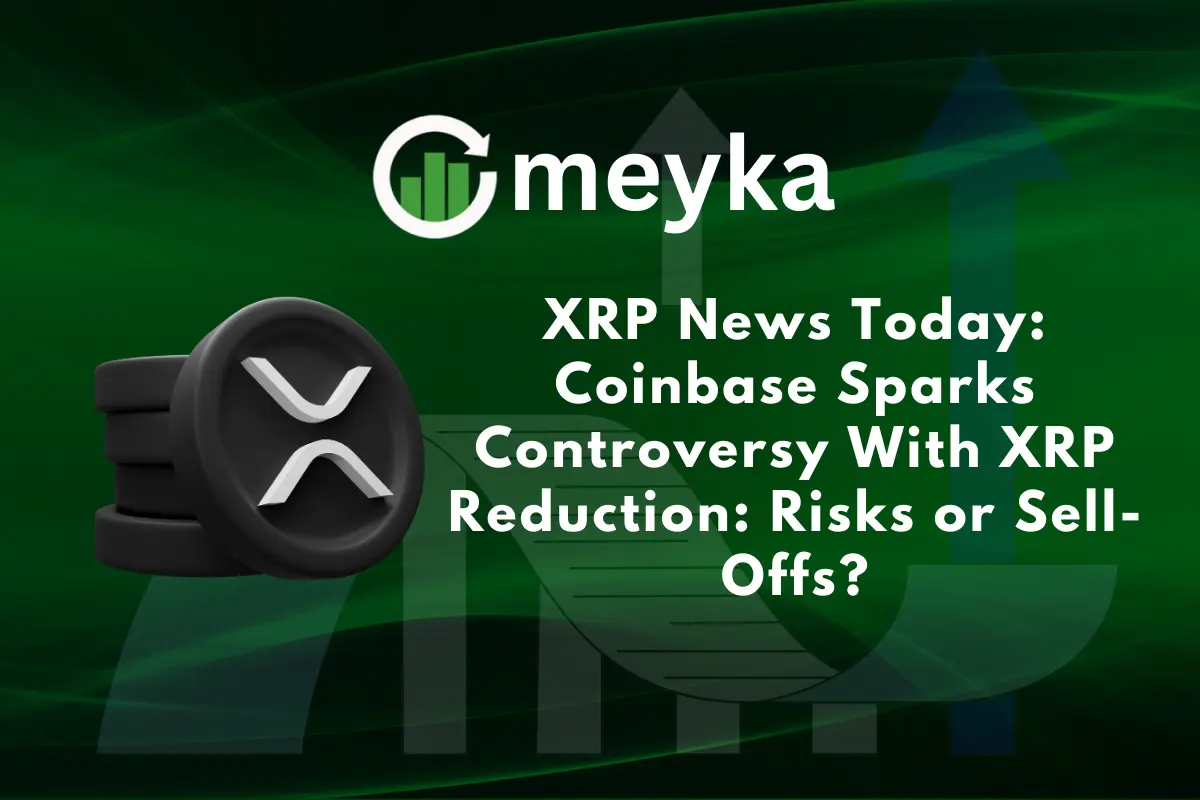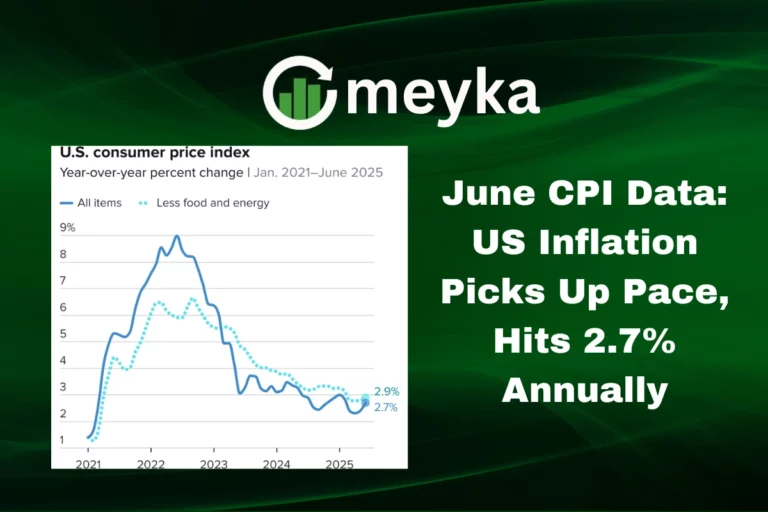XRP News Today: Coinbase Sparks Controversy With XRP Reduction: Risks or Sell-Offs?
XRP has always been in the spotlight, whether for its role in cross-border payments or for the long legal fight with the U.S. Securities and Exchange Commission (SEC). Now, it is back in the headlines, this time because of Coinbase. The exchange recently reduced its exposure to XRP, and the move has left investors asking a big question: Is this a warning sign or just normal market action?
When a leading exchange like Coinbase makes changes, we all pay attention. Even a small adjustment can ripple through the crypto market. Some see it as a red flag, fearing that reduced holdings may mean reduced trust. Others argue it could simply be Coinbase reshaping its portfolio or preparing for regulatory challenges.
Let’s break down Coinbase’s decision, investor reactions, and what it could mean for XRP’s future.
Background on XRP and Coinbase
XRP is a large-cap crypto used for fast, low-cost transfers. Banks and fintechs test it for cross-border payments. Coinbase is one of the biggest U.S. exchanges by users and volume. In December 2020, Coinbase suspended XRP trading after the SEC sued Ripple. In 2023-2024, courts narrowed the case, and U.S. exchanges relisted XRP.
In August 2025, the SEC case formally ended with Ripple paying a $125 million penalty while exchange trading of XRP remained lawful. That history matters. It explains why changes by Coinbase still move XRP sentiment today.
Details of Coinbase’s XRP Reduction
Recent on-chain reporting shows Coinbase-linked wallets now hold far less XRP than they did in early summer. Estimates say total XRP in Coinbase custody fell from about 970 million tokens in June 2025 to roughly 260-300 million by late August. Wallets were also consolidated, dropping from around 52 to about 16 addresses. Reporters frame this as a 69%-73% reduction. Coinbase has not issued a detailed public blog post explaining the shift. The move may include client withdrawals, internal wallet reshuffling, or sales. Still, it is a notable change at a major exchange, and it sparked fresh debate.
Market Reactions and Investor Concerns
Traders watched the wallet flows and feared a broad sell-off. Headlines tied large XRP transfers into Coinbase hot wallets with price pressure. Others suggested the moves looked like liquidity management during a volatile month. Sentiment stayed split: some called it a warning, others said it was routine treasury work. Price stayed choppy near the $3 area on Coinbase’s tracker as the story evolved. Liquidity did not vanish, but risk appetite cooled for a bit as people waited for clarity.
Regulatory Angle: Is This About Compliance?
Compliance still shapes exchange behavior. The Ripple-SEC case outcome removed the biggest overhang for spot exchange trading of XRP, yet institutions still follow strict rules. Coinbase continues to emphasize risk controls and legal standards across regions. A large custodial rebalance could be a response to client mandates, venue rules, or internal controls after a landmark case. The end of the lawsuit reduces legal fog, but it does not end operational caution. That is why a compliance-driven explanation remains credible.
XRP Price Analysis and Market Trends
XRP had rallied earlier on hopes for clearer rules and new products, then slipped as volatility returned. Traders focused on key levels near $3 with quick swings around news. Macro crypto flows also mattered. ETF talk lifted interest, but it also set up “buy rumor, sell news” risk if timelines slip. Short-term, price tracked exchange flows and headlines. Medium term, it watched court clarity, liquidity conditions, and any signal from big custodians.
Risks for XRP Holders
There are three big risks. First, liquidity risk if major venues change wallet setups or push more assets into hot wallets during stress. Second, confidence risk if traders think a wallet cut equals a bearish call, even when it may be neutral. Third, regulatory drift. The lawsuit is closed, but policies still evolve, and risk teams can tighten exposure fast. A sudden move by one large exchange can trigger copycat positioning, at least for a short time. That can raise spreads and amplify swings until the market finds balance again.
Is It Just a Sell-Off Strategy?
It might not be a sell-off at all. On-chain analysts note the pattern also fits an internal rebalance. Exchanges often consolidate cold wallets, move funds to hot wallets for settlement, or satisfy client withdrawals. Some custodians reduced the number of wallets and changed address structures this summer. Those steps can look like “dumping” from the outside, but the intent can be operational. Until there is an official Coinbase note, both readings stay on the table.
Future Outlook for XRP and Coinbase
Two themes stand out. First, post-lawsuit clarity keeps XRP in the mix for U.S. platforms and primes it for more institutional tools once rules mature. Second, the ETF path could accelerate if the SEC adopts wider ETP standards this fall, which could help several crypto assets, including XRP, if filings proceed. If those doors open, Coinbase’s role as a U.S. gateway becomes even more important, regardless of short-term wallet shifts.
Bottom Line
Coinbase’s lower XRP balances drew sharp attention because the exchange is a bellwether. The numbers are large, and the timing is close to major regulatory updates. Yet on-chain flows can mean many things: client activity, security changes, or rebalancing, not only sales. The lawsuit overhang is gone, and structural demand may return if rules for crypto ETPs advance. For now, the prudent read is simple. Treat wallet data as a signal, not a verdict, and watch for an official explanation, liquidity trends, and the next round of rulemaking.
Disclaimer:
This is for informational purposes only and does not constitute financial advice. Always do your research.






